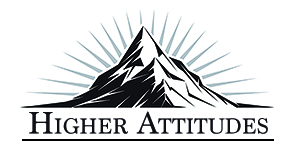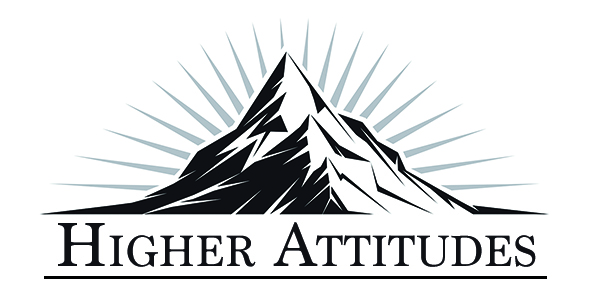
Note: This post is part three of a four-post series on Spiritual Relaxation. Use the links below to read the other posts:
– Eat Dessert First
– Sweet Hour of Prayer
– Role of a Journal
I once had a someone warn me about meditation. He said some Hindus actually learned to levitate through the practice of meditation and that this was clearly of the devil. His message was clear. The only form of proper meditation for a Christian was meditation or powering the word of God. I disagree.
I believe practice of meditation is shedding layers of misconception and becoming a more generally accepted idea for people of Christian faith. Some people in the West, such as the friend I mentioned above, are suspicious of meditation as their mental images of meditating include gurus on mountain tops or monks in incense-filled temples. These can make us uncomfortable enough to avoid meditation or at least uncomfortable enough to avoid doing the work it takes to begin a meditation practice.
I believe that a meditation practice can help us achieve the spiritual relaxation I wrote about in my previous two blog posts: **Spiritual Relaxation: Eat Dessert First **and **Spiritual Relaxation: Sweet Hour of Prayer. ** If meditation is to help us, we must live behind inaccurate ideas about the aim of meditation.
“For me, meditation leads me to prayer. I find my thoughts reaching out to God often as I meditate. It seems a natural thing to do for me.”
Many years ago now, I took my first meditation class in the evenings at my doctor’s office. It was offered by his nurse practitioner. I remember feeling relieved that meditation had gone mainstream enough that I could talk about it at church, barely. Meditation has now been studied outside the bounds of religion and has been proven effective as a form of relaxation, yielding benefits such as lowered blood pressure.
I have also learned to not be freaked out by the postures that are often associated with eastern traditions of meditation, such as the seated lotus posture. This posture has very practical origins. It is meant to help in opening the chest and stretching the spine to allow blood to move more freely and our breath to be unrestricted. Despite this, I will tell you that my chances of getting into a full lotus position for mediation is highly unlikely. For me sitting still and upright in a comfortable chair works well and avoids the complications of various muscle cramps.
For me, meditation leads me to prayer. I find my thoughts reaching out to God often as I meditate. It seems a natural thing to do for me. While there are many ways to meditate and many resources for studying meditation techniques, formal training is not necessary to begin a practice. But patience and perseverance is.
Meditation may include pondering an idea or scripture passage, but it doesn’t need to to be effective or useful. Meditation may also include some form of visualization. It does not need to be only “watching your breath,” though this form of meditation may be helpful in quieting your mind enough to be able to move to visualization or pondering.
If you are interested in adding meditation to your prayer practice, I recommend spending just 2-5 minutes before and after you pray as a time to quiet you mind and listen for inspiration. As you get used to adding this, you can then branch out and learn as much as you desire about deepening your meditation practice.
Also, you don’t have to meditate on your knees if that is how you typically pray. There is nothing wrong with sitting quietly in mediation and then kneeling and then sitting again to listen. The key here is relaxing our minds and our spirits to allow God to more easily be able to communicate with us. When we are tense and busy in our minds, I think God can’t get through to us as easily. I know this is the case for me.
Enjoy the spiritual relaxation and the increased sensitivity to the Holy Spirit that can come to you by adding meditation to your spiritual life.

